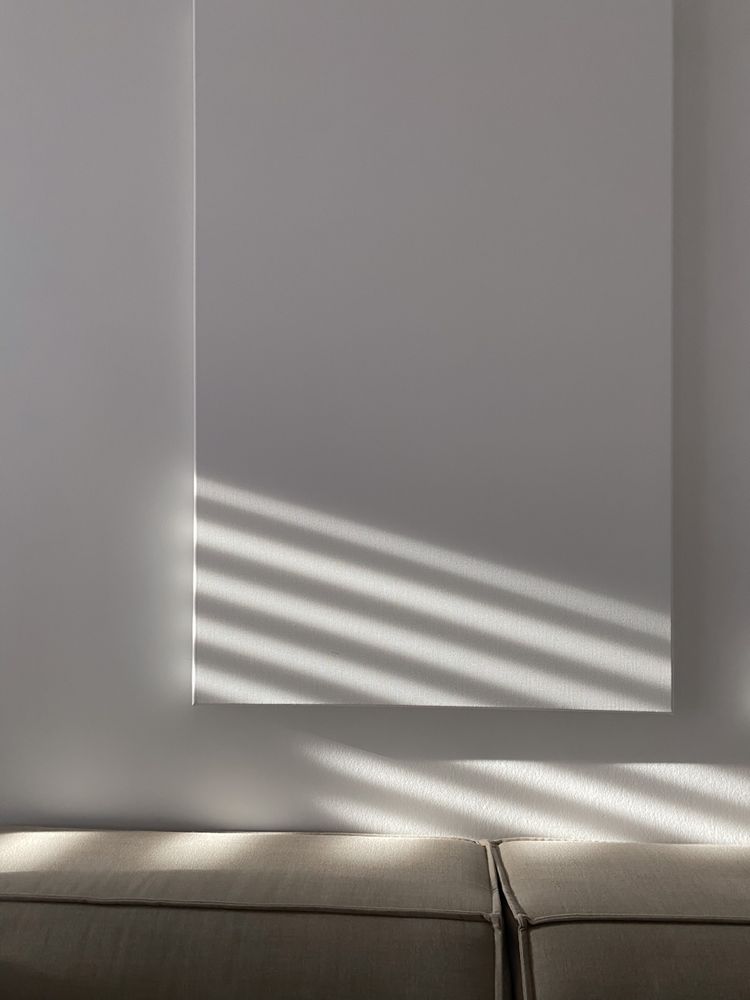
To summarise previous research, it is clear that in the early days, many museums banned photography due to possible damage to artefacts, copyright issues, bottlenecks and traffic jams… etc. It was also thought that this was to increase the sales of souvenir shops.
Nevertheless, with the development of social media platforms, the restriction of photography has caused much discontent among the public. As a result, most museums are now open to general photography for personal, non-commercial use, as long as visitors do not record, or use flash, tripods, self-timer or other assistive devices.
However, it is often difficult to effectively restrain selfish visitors by relying solely on written regulations and the social contract of the general public. There are still many accidents, such as damaging artworks in order to take photos, or, more often than not, blocking aisles and causing inconvenience to others. Including the results of a previous survey, more than half of the people felt that taking photos or selfies with the exhibits in the museum would ruin their visiting experience.
In order to strike a balance between personal benefits and the visiting experience, there are several suitable ways for different museums. Depending on the different situations and themes of the exhibition, museums have their own way to adopt.
In addition, another way is to guide and encourage people to follow the social contract. It was also been mentioned in the 21st July tutorial, I think I can try to understand more about the thoughts of stakeholders. What do they really want from the exhibition? and what people think is the standard of the social contract? Therefore, my next step is to reach out to the stakeholder in more depth to get the most realistic view of them.
